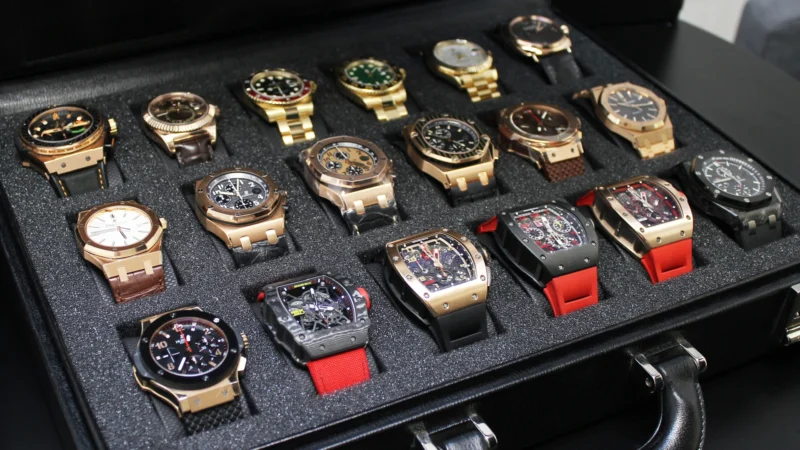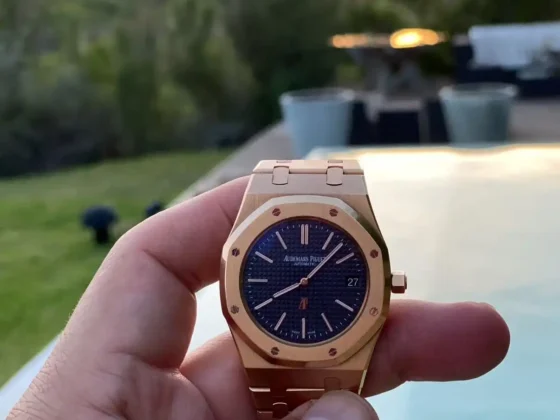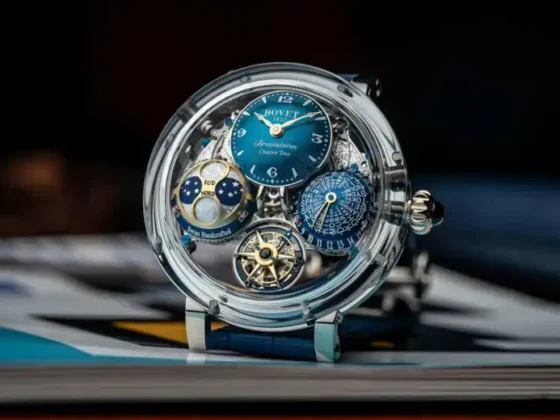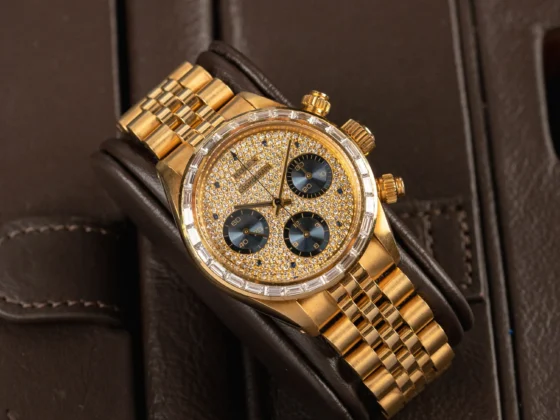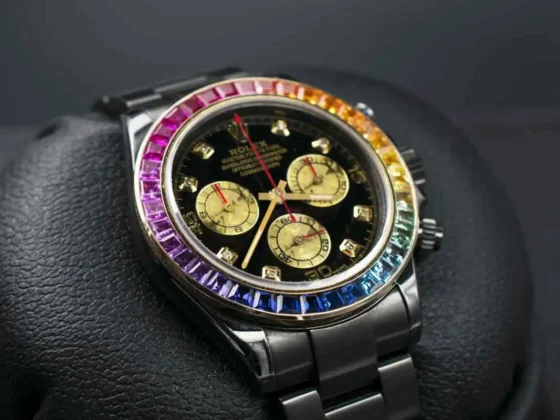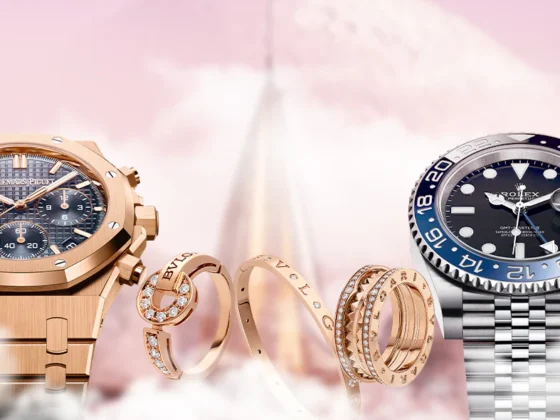The high-end watch market, known for its allure and exclusivity, is not immune to the fluctuations of broader economic forces. While luxury watches are often seen as stable, long-term investments, they can also experience periods of volatility. For collectors and investors, understanding how to navigate these ups and downs is crucial for protecting and growing their assets. In this article, we explore the causes of market volatility in the luxury watch space and offer strategies to safeguard and enhance the value of your collection.
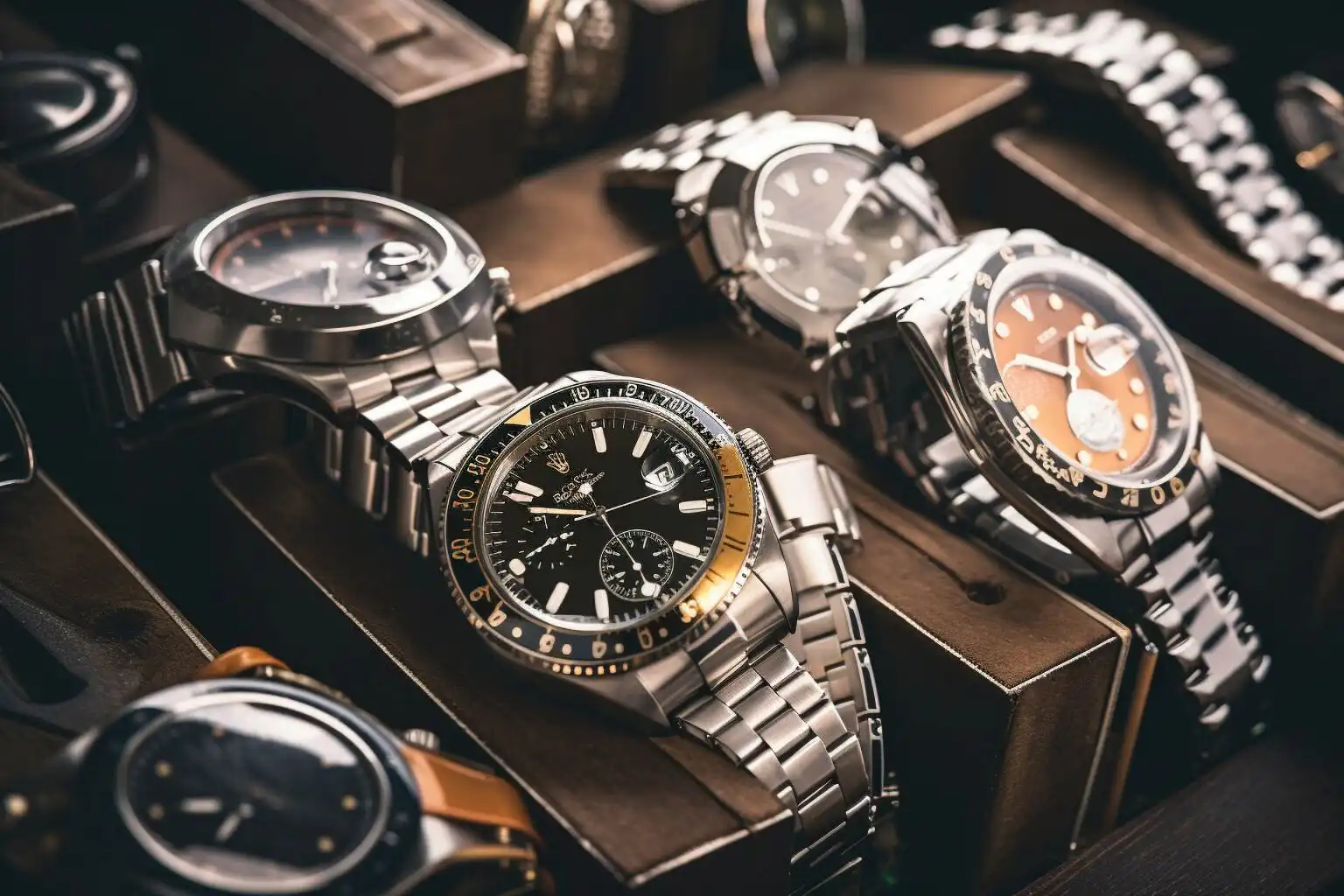
Understanding Market Volatility in Luxury Watches
Market volatility refers to significant fluctuations in asset prices over a short period of time. While luxury watches tend to appreciate over time, the market can be affected by various factors, including economic downturns, shifting consumer preferences, global supply chain issues, and even social or cultural trends.
In the high-end watch world, iconic brands such as Rolex, Patek Philippe, and Audemars Piguet often experience cycles of high demand followed by temporary dips. Despite this, they remain reliable long-term investments. Understanding the nuances behind these market movements is key to preserving and growing your watch portfolio.
1. Economic Factors
Luxury markets, including watches, are directly influenced by broader economic conditions. During times of economic uncertainty or recession, consumer spending on high-ticket items tends to decrease. Investors may become more cautious, which can affect the resale prices of high-end watches.
However, certain brands, like Patek Philippe and Richard Mille, have demonstrated resilience, with their prices remaining relatively stable even during economic downturns. Investors should pay attention to how economic factors influence the broader luxury market and adjust their strategies accordingly.
2. Supply and Demand
The high-end watch market is characterized by a delicate balance between supply and demand. Brands like Rolex or Audemars Piguet often release limited quantities of their most sought-after models, such as the Rolex Daytona or Audemars Piguet Royal Oak. When supply is limited, prices tend to increase due to scarcity. However, if production or distribution issues arise, such as delays caused by global supply chain disruptions, the market can temporarily cool off.
Collectors and investors should monitor production levels and market releases to understand when volatility may arise. In times of oversupply or market corrections, patience and foresight are required to avoid selling prematurely.
3. Market Trends and Shifting Tastes
Market trends can have a significant impact on the value of high-end watches. Vintage timepieces, for example, have gained immense popularity over the past decade, driving prices higher. Conversely, if a trend shifts towards modern or contemporary designs, demand for certain vintage models may taper off.
Brands like Maison Designers, which blend innovation with heritage, are well-positioned to withstand shifting market trends due to their ability to attract diverse audiences. Investors should stay informed on emerging trends and consumer preferences to capitalize on market opportunities and anticipate potential shifts.
4. Auction Performance
Auction houses like Phillips, Christie’s, and Sotheby’s play a major role in determining watch prices, particularly for rare and collectible models. A record-breaking auction sale can significantly boost the value of similar models, while underperformance at key auctions can signal a cooling market.
Keeping a close eye on auction results, particularly for comparable watches in your collection, is essential to navigating market volatility. Regularly attending auctions, even if you’re not actively buying, provides valuable insight into current demand and market behavior.
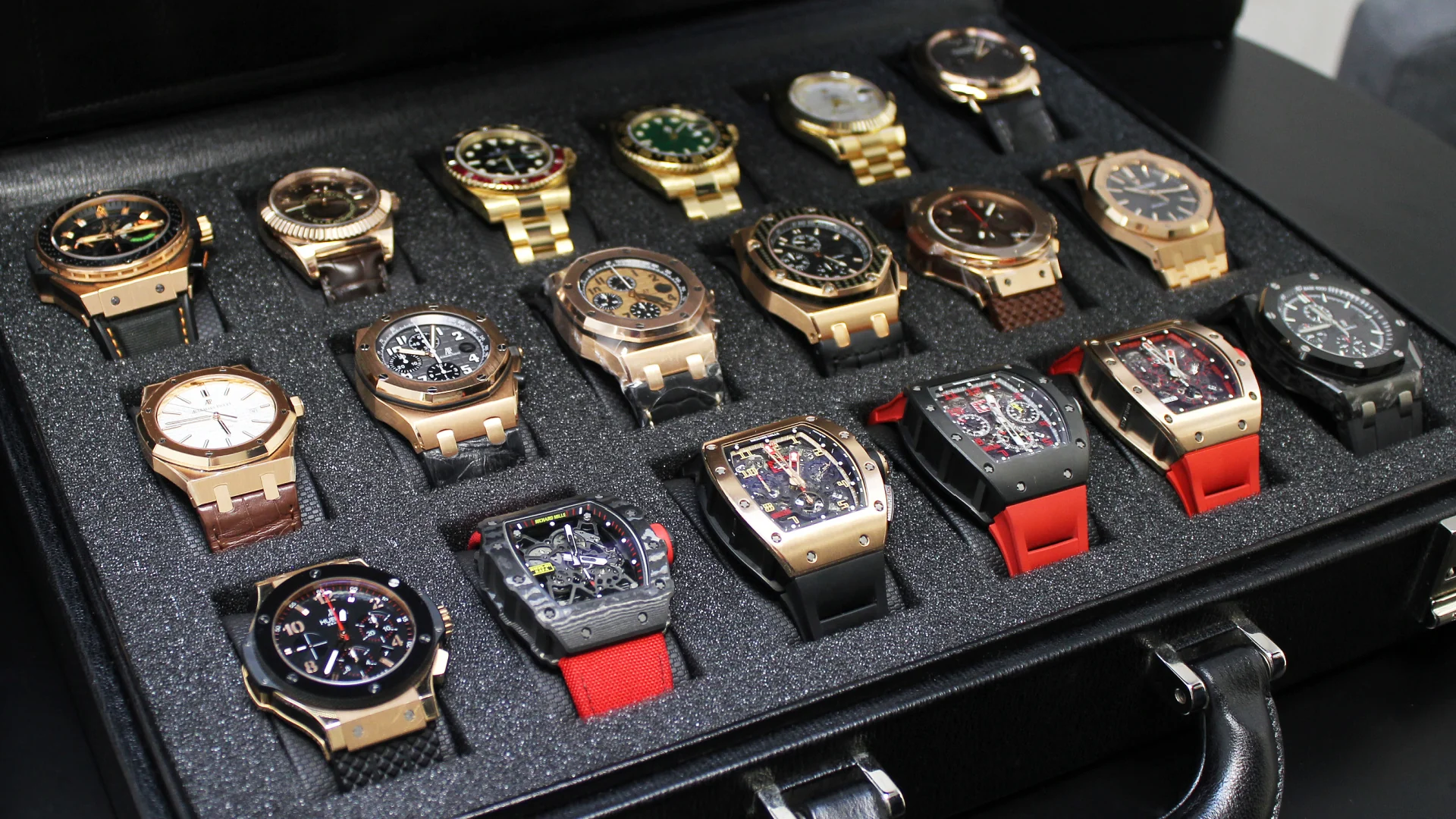
Strategies for Protecting and Growing Your Watch Assets
While market volatility can be challenging, there are strategies collectors and investors can use to protect their assets and position themselves for growth.
1. Diversify Your Collection
One of the most effective ways to protect against market volatility is to diversify your watch collection. Investing in a range of brands, models, and styles helps mitigate the risk associated with any single brand or trend.
For example, while brands like Rolex and Patek Philippe are generally reliable, adding independent watchmakers or niche luxury brands can provide additional value. Independent brands such as F.P. Journe and De Bethune have carved out strong reputations, and their watches often perform well in niche markets, offering a buffer during periods of volatility in mainstream brands.
2. Focus on Iconic and Limited-Edition Models
Iconic watches with historical significance or those released in limited editions are less prone to depreciation and more likely to appreciate over time. Models such as the Patek Philippe Nautilus, Rolex Submariner, or Audemars Piguet Royal Oak are highly coveted, making them safer long-term investments.
Additionally, limited-edition releases or collaborations between luxury watch brands and prominent designers or celebrities often increase in value due to their exclusivity. Savvy investors should focus on acquiring these rare models, which tend to perform well even in volatile markets.
3. Stay Informed on Market Trends
To protect and grow your watch assets, it’s crucial to stay informed about the latest market trends. Subscribe to industry reports, attend major watch events like Watches & Wonders or Baselworld, and regularly review auction results. Staying ahead of the curve helps you make timely decisions, whether it’s buying a rare piece before demand spikes or selling a watch before the market corrects.
Moreover, understanding global economic indicators can give you an edge when predicting how market conditions will impact luxury goods.
4. Hold for the Long Term
High-end watches, like other luxury assets, tend to appreciate over the long term. Short-term market dips are often temporary, and patient investors are rewarded with significant appreciation over time. For example, collectors who purchased a Rolex Daytona or a Patek Philippe Nautilus decades ago have seen exponential growth in the value of those timepieces.
Long-term holding not only helps you weather temporary market volatility but also allows your watches to gain value as they become rarer and more sought-after.
5. Insure and Properly Maintain Your Collection
Proper insurance and maintenance are essential for protecting your high-end watch assets. Regular servicing by authorized professionals ensures that your timepieces remain in top condition, which is critical for preserving value.
Additionally, investing in comprehensive insurance protects your collection from potential theft, damage, or loss. Working with insurance providers that specialize in high-end collectibles gives you the peace of mind that your assets are protected.
Conclusion: Navigating Volatility with a Strategic Approach
While market volatility can pose challenges, collectors and investors who adopt a strategic approach can protect and even grow the value of their high-end watch portfolios. By understanding the factors that influence market fluctuations, diversifying your collection, focusing on iconic models, and holding for the long term, you can navigate volatility with confidence.
Staying informed, attending key industry events, and following auction trends will also help you capitalize on market opportunities and safeguard your investments in this dynamic and rewarding market.


